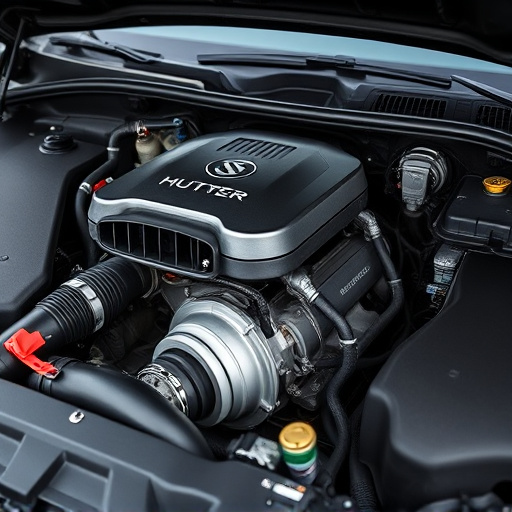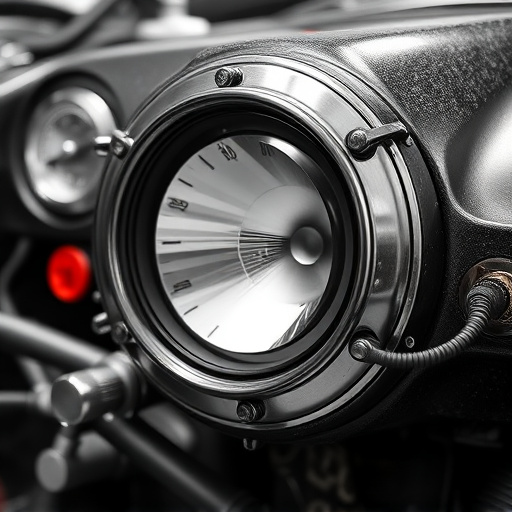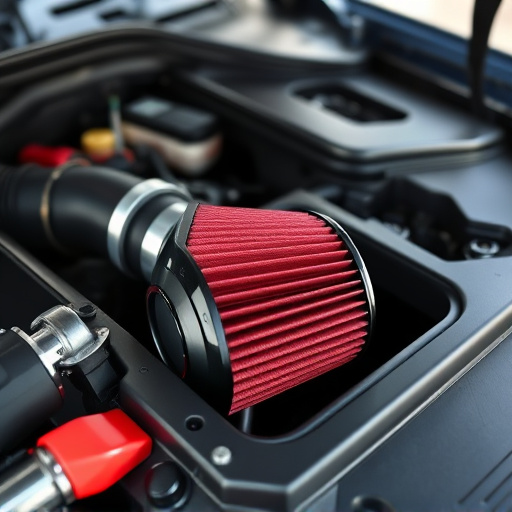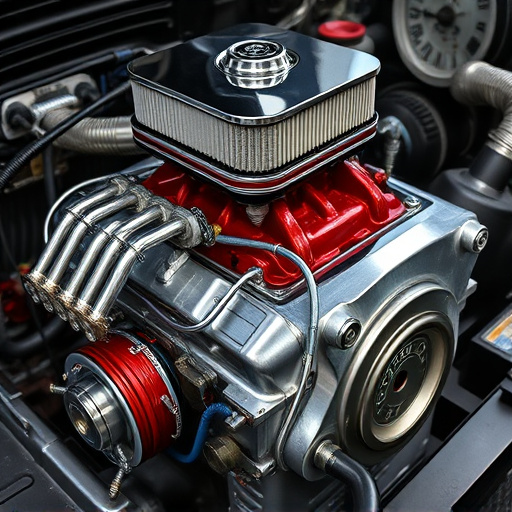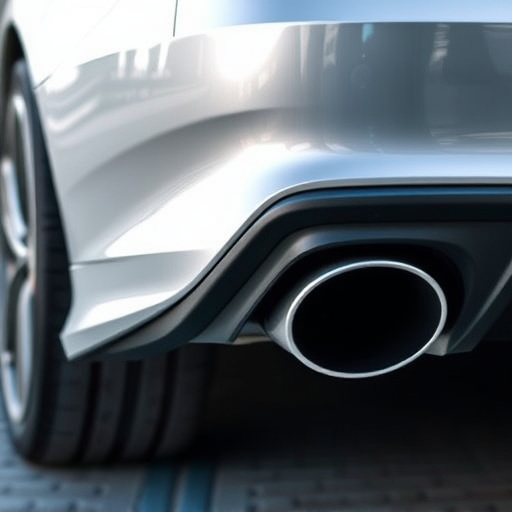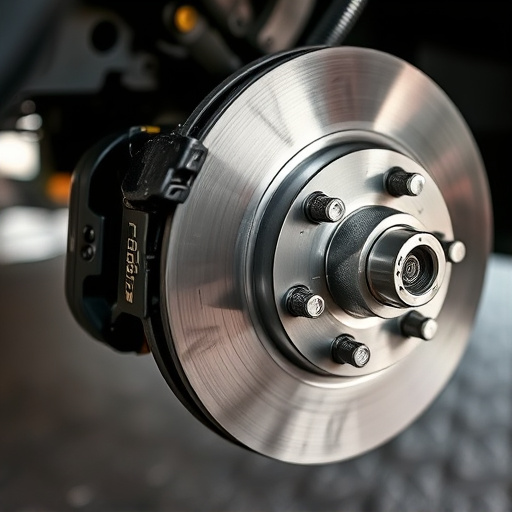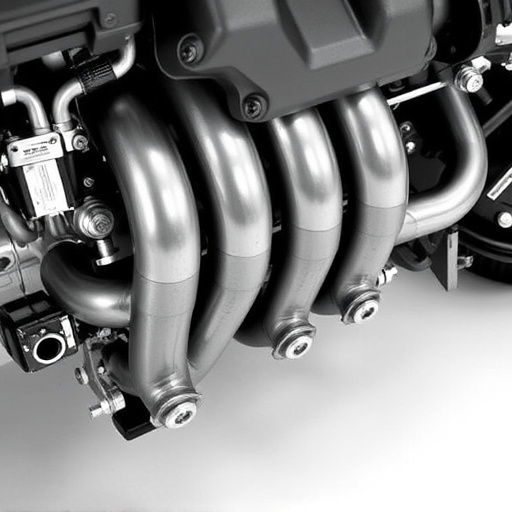A single exhaust system, featuring a streamlined design, enhances engine performance by reducing backpressure and improving gas exit efficiency. Key parts include headers, pipes, and mufflers. Suspension tuning can further boost handling dynamics. However, upgrades require understanding of complex interactions between the engine, exhaust, and vehicle setup to meet legal emission and noise standards. This involves obtaining permits from local authorities, undergoing emissions testing, and following manufacturer guidelines to avoid fines and ensure optimal vehicle operation and safety.
In today’s automotive landscape, understanding single exhaust system upgrades is crucial for both vehicle performance and legal compliance. This article delves into the intricate legal factors surrounding these modifications, providing a comprehensive guide for enthusiasts and professionals alike. From defining single exhaust systems and their basic principles to navigating the complex regulatory environment, we explore key considerations such as permits, emissions testing, and manufacturer guidelines. By understanding these legal aspects, you can ensure your upgrades meet regulatory standards without compromising performance.
- Understanding Single Exhaust Systems: Definition and Basic Principles
- Legal Landscape: Regulations and Standards Governing Exhaust Upgrades
- Key Considerations for Compliance: Permits, Emissions Testing, and Manufacturer Guidelines
Understanding Single Exhaust Systems: Definition and Basic Principles

A single exhaust system is a fundamental design choice for vehicles, streamlining the exhaust gas flow from the engine through a single pipe. This configuration contrasts with dual exhaust systems, which utilize two separate pipes for each cylinder bank. The basic principle behind single exhaust systems is to optimize performance by reducing backpressure in the exhaust system, allowing gases to exit more freely and efficiently. This, in turn, can enhance engine power and torque output, benefiting overall vehicle performance.
These systems typically consist of several key components, including headers that collect exhaust gases from each cylinder, a main exhaust pipe, and exhaust mufflers designed to reduce noise levels while maintaining efficient gas flow. In some cases, coilover kits may also be integrated for enhanced suspension tuning, directly impacting driving dynamics and handling. Understanding the interplay between the engine, exhaust system, and vehicle setup is crucial when considering upgrades to single exhaust systems, as it significantly influences both performance and legal compliance.
Legal Landscape: Regulations and Standards Governing Exhaust Upgrades

The legal landscape surrounding single exhaust system upgrades is a complex web of regulations and standards designed to balance vehicle performance with environmental protection. These regulations vary by region, but they often mandate specific emission controls and noise levels that any modification must adhere to. For instance, in many areas, upgrading a single exhaust system requires approval from local environmental agencies to ensure the modified vehicle meets established pollution control standards.
When upgrading a single exhaust system, it’s crucial to consider not just the physical components like performance air filter kits or high-performance parts, but also the legal implications. Manufacturers of such upgrades often conduct extensive research and testing to certify their products’ compliance with relevant regulations. Incorporating these legal considerations into your upgrade plans can help ensure that your vehicle remains roadworthy and compliant, avoiding potential fines or legal issues down the line.
Key Considerations for Compliance: Permits, Emissions Testing, and Manufacturer Guidelines
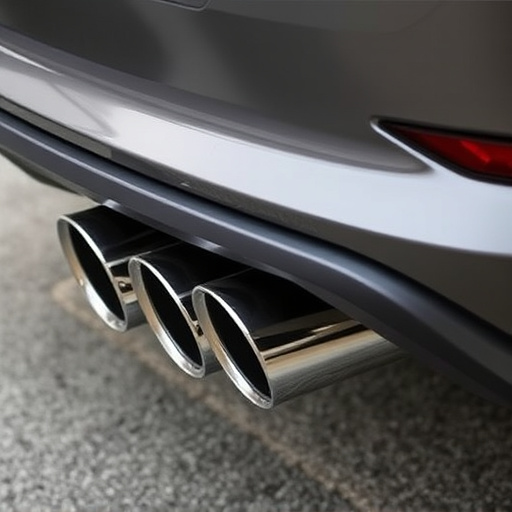
When upgrading to a single exhaust system, compliance with local regulations is paramount. One of the primary considerations for ensuring legal adherence is obtaining the necessary permits. These permits are typically required before any modifications to a vehicle’s emissions control system can be made, including single exhaust upgrades. It’s crucial to check with your local transportation or environmental authority to understand the specific permit requirements in your area.
Additionally, emissions testing plays a vital role in compliance. After installing a new single exhaust system, vehicles must undergo rigorous tests to measure their emission levels and ensure they meet set standards. This process verifies that the upgrade hasn’t compromised the vehicle’s environmental performance, particularly regarding pollutants like nitrogen oxides and particulate matter. Manufacturer guidelines are also essential references during this process, offering specific instructions on authorized modifications and ensuring compatibility with other brake components and performance exhaust parts to maintain optimal vehicle operation and safety.
Upgrading a single exhaust system is not merely a technical endeavor but also involves navigating a complex legal landscape. Understanding the defining regulations and standards is crucial for compliance. By securing necessary permits, conducting emissions testing, and adhering to manufacturer guidelines, vehicle owners can ensure their upgrades not only enhance performance but also meet legal requirements. This comprehensive approach ensures that modifications to single exhaust systems are both effective and legally sound.




